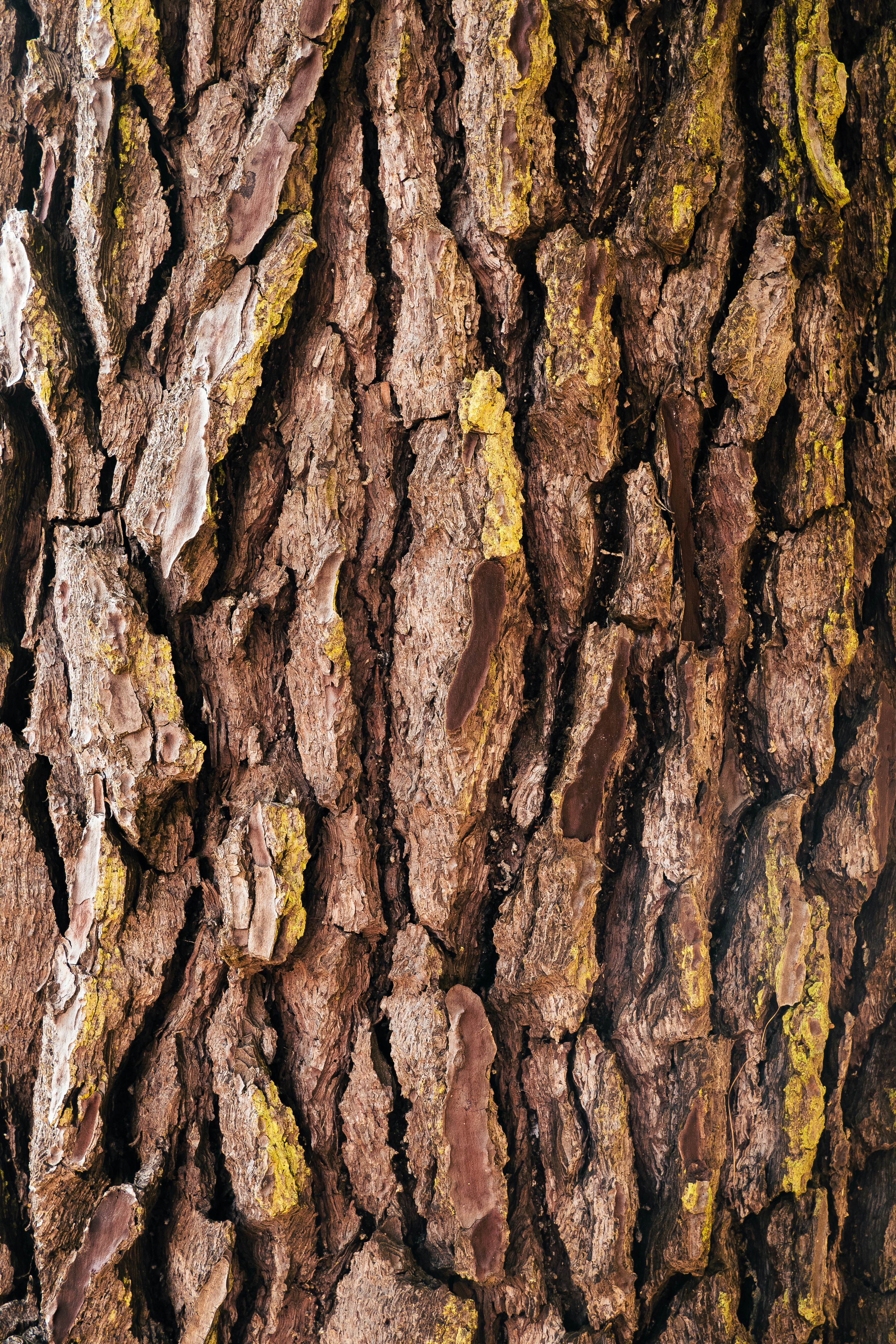Tree Removal

Removing trees can involve various steps and considerations. Here's an overview of what might be involved in a tree removal process:
1. **Assessment**: Start by assessing the trees to determine which ones need removal. Consider factors such as the health, size, location, and potential risks associated with the trees.
2. **Permits**: Check local regulations and obtain any necessary permits for tree removal. Some areas have restrictions on removing trees, especially if they're large or located in protected areas.
3. **Safety Precautions**: Safety is paramount when removing trees. Ensure that all necessary safety equipment is in place, including helmets, goggles, gloves, and appropriate clothing. Clear the area around the tree of any obstacles or hazards.
4. **Planning**: Develop a plan for removing the tree safely and efficiently. Consider factors such as the direction of fall, obstacles in the vicinity, and the equipment needed for the job.
5. **Equipment**: Depending on the size and location of the tree, you may need various equipment such as chainsaws, ropes, pulleys, cranes, and wood chippers. Make sure all equipment is in good working condition and operated by trained professionals.
6. **Felling**: If the tree can be safely felled in one piece, a professional arborist will make strategic cuts to control the direction of the fall. In some cases, the tree may need to be dismantled in sections to avoid damage to nearby structures or vegetation.
7. **Removal**: Once the tree is down, the next step is to remove the debris. This may involve cutting the tree into smaller pieces for easier handling and transportation. Wood chippers can be used to turn branches and smaller limbs into mulch.
8. **Stump Removal**: Depending on the client's preferences, the stump may also need to be removed. Stump grinding is a common method for eliminating tree stumps, which involves using a specialized machine to grind the stump into wood chips.
9. **Cleanup**: After the tree and stump are removed, the area should be thoroughly cleaned up. This includes removing any remaining debris, filling in the hole left by the stump, and restoring the landscape to its original condition.
10. **Disposal**: Finally, the debris generated from tree removal should be properly disposed of. This may involve hauling the wood chips and logs to a designated disposal site or recycling facility.
Throughout the entire process, it's important to prioritize safety and minimize any potential damage to surrounding property or vegetation. Hiring a professional tree removal service with experience and expertise can help ensure the job is done safely and efficiently.

